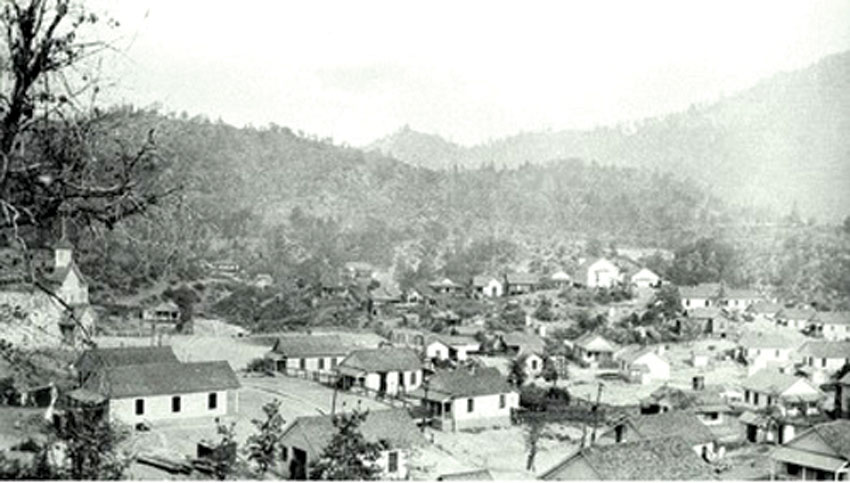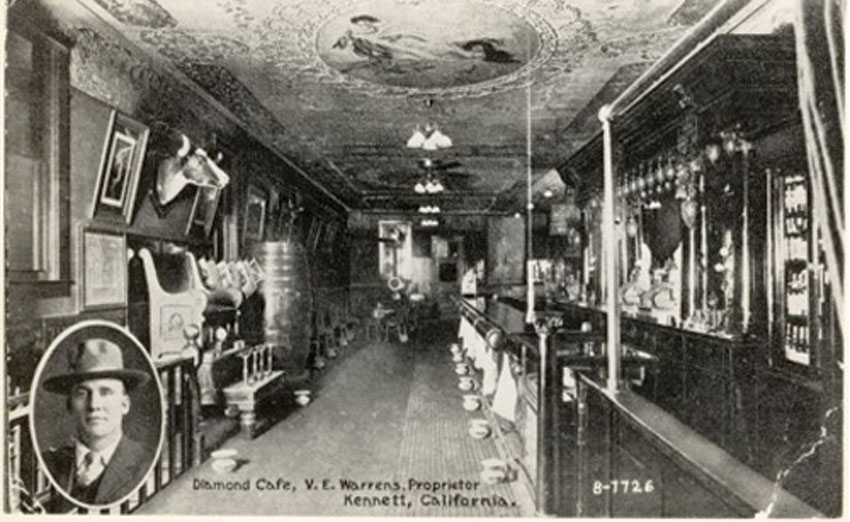The Wraiths of Shasta Lake
A serene view of Lake Shasta.
Northern California is a treasure trove of history-laden icons, man created and gifts of Mother Nature: The Golden Gate Bridge, Yosemite Valley, Sierra Nevada mountains, Lake Tahoe, Trinity Alps, San Francisco, Muir Woods, Redwood trees everywhere, and on and on seemingly forever. But, there is one memorable example that exceeds any description of a California life-force. World-famous Shasta Lake and Dam lay just 10-miles north of Redding. We were invited for a stimulating tour of the lace-work tunnels and work stations that snake through the huge unseen interior. That and watching the dramatic release of water roaring down the wall remains a huge memorable experience, writes our travel editor Al Auger.
With a capacity of 4,552,000 acre feet of water, Shasta Lake is California’s largest reservoir and its third-largest body of water behind Lake Tahoe and Salton Sea. Lake Shasta Dam not only serves millions of consumers, the lake is one of the most popular destination for water sports and fishing in the state. Construction of this massive engineering feat was between 1935 to 1945. The lake was formed in 1948.
But, what lies under that shimmering carpet of water is one of the most captivating and unknown stories of the north state. Nine ghostly railroad towns still exist after being buried under the massive release of water from the Sacramento River and its tributaries. From the mid-l9th century to early 20th century lived a community of thousands thriving from the biggest collection copper mines in California. Many of the now closed mines still exist on the rim of the lake.

The towns of Kennett, Copper City, Etter, Elmore, Pitt, Morley, Winthrop, Baird, and Delamar, disappeared with the closing of the Shasta Lake Dam gates in 1944. The largest and dominating city was Kennett with over 10,000 citizens, a large number of stores, a hospital, schools, an opera house and some 40 saloons. In addition, the flooding of the Shasta Lake tributaries of the Pitt and McCloud rivers inundated villages and traditional fishing, hunting and gathering sites of the Wintun tribes.
On an unusually fair day with clouds scudding across a light blue sky, sitting on the rim of the lake, I put my imagination to work. I pictured ethereal buildings slowly waving to and fro with the rhythmic movement of the lake above. Gossamer figures mingling as they went about their daily chores and social neighboring. What sort of emotions spiraled around the towns when the notice of abandonment became a reality? Anger? Sadness? Despair? There must be public records of this. To find the story of this monumental historic drama one needs only to turn to the Shasta Lake Heritage and Historical Society (see sidebar for complete information).
In 1852, the Daily Alta California noted the discovery of gold at Backbone Creek; this became the site of the town of Kennett. Once the discovery of gold became known followed by silver and the most important disclosure of copper and irons, it wasn’t long before the railroad came to Kennett. Miners, entrepreneurs, trappers and so many others flooded the area. The jumble of towns were rich and flourishing; schools, churches, businesses turned the roughshod beginnings into real, functioning communities.

Before the discovery of gold and copper, the region was populated by the native hunter/gatherer Wintu tribe. By 1852 thousands of settlers came looking for the waiting abundance of mineral riches. Through 1958-59 the inevitable Wintoon War nearly diminished the Wintu people; most were killed and the rest forced to a reservation. The coming of the railroad was the next act that made the burgeoning mining complex a major force in California. Towns sprung up throughout the territory and at the Backbone Creek the “metropolis” of Kennett became the dominate core. Kennett was named for railroad baron Squire Kennet (the addition of the extra “t” is a mystery) .
One of the most productive “suburban” towns of Kennett was the well-named Copper City. Known by many names in the beginning, Copper City became its final identification as copper mining became its major find. When the copper market fell, the town became empty.

Another successful mining town in the valley was Heroult, it’s production included not only gold, silver and copper, but became an internationally known iron producing giant. The American Society for Metals honored the pioneering iron center for its introduction of electric furnaces in the direct reduction of iron ore. According to the Shasta Lake Heritage and Historical Society, The electric furnace, invented by Paul L.T. Heroult of France, is considered by the ASM International Society a “watershed of the current mini-mill steel industry plants in the United States.” The SLHHS reports “The town of Heroult stayed active until 1919 and was deserted by 1928.”

As the words are planted on the screen, a lighter moment and the words of Harry the Hipster comes to mind. Harry was a top-tier jazz keyboardist and comic during the time of “Summer of Love.” I paraphrase one of his whimsy hits that so fits here. “Two hippies were cruising Shasta Lake in a fancy houseboat. One Hippie said, ‘Man, look at all the water.’ The other hippie answered, ‘Yeah, man, and that’s only the top.’”

As intriguing and profound the stories and history under that of the disappearing towns that grips the reader, the real story is the life of the people and their loss. Miners, trappers, entrepreneurs, gamblers, ladies of the good life, all descended on the territory looking for their particular treasure. As prosperity became a way of life, Families were formed, churches and hospital built, schools created for the children, businesses thrived and while the laborious work of hauling up all that “treasure” buried deep in the earth could break a man’s soul, a sense of civility smoothed out the former Wild West gestalt. As the veins of copper, iron, silver and gold slowly ran out, so did this burgeoning society.
FOR YOUR INFORMATION
Shasta Lake Historical and Heritage Society
The core of the Society is a group of over 200 volunteers, they “donate time, talents and energy to preserve the history of the towns.” Their Website is a treasure trove of information and graphics of this historical site so important in the beginning of California.
To contact the Society, go to: www.shastalakehistorical.org
For Recreational and U.S. Forest Service Information, go to: www.cityofshastalake.org
To check out the city of Redding, CA go to: www.visitredding.com


